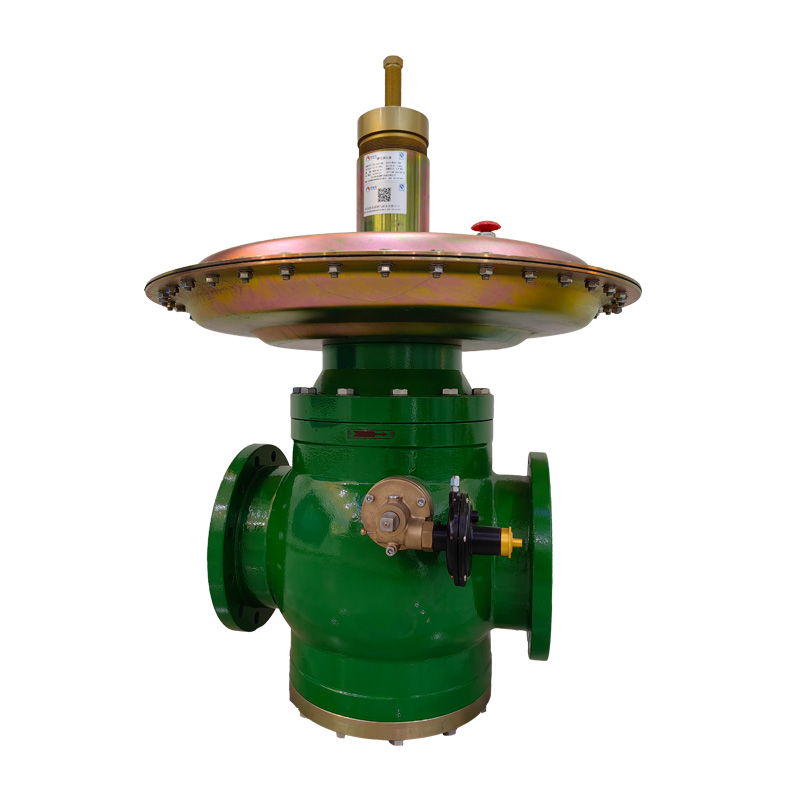
Aug . 13, 2024 03:52
Back to list
Exploring the Properties and Uses of Liquefied Petroleum Gas in Modern Energy Solutions
Understanding Liquefied Petroleum Gas (LPG)
Liquefied Petroleum Gas (LPG) is a crucial energy source that plays a significant role in the global energy landscape. Composed primarily of propane and butane, LPG is derived from natural gas processing and petroleum refining. This colorless and odorless gas undergoes liquefaction under pressure, allowing it to be stored and transported efficiently. Understanding LPG involves exploring its composition, applications, advantages, and the challenges it faces.
Composition and Production
LPG is primarily formed during the extraction and processing of natural gas and crude oil. The gas is separated from the crude oil or natural gas stream during refining and production processes. The most common components of LPG are propane (C3H8) and butane (C4H10), which can be mixed in varying ratios depending on market demand and climatic conditions. The versatility in its composition makes LPG suitable for a wide range of applications and industries.
Applications of LPG
LPG is widely used across various sectors, including residential, commercial, industrial, and automotive applications. In residential settings, it serves as a common fuel for cooking, heating, and water heating. Its clean-burning properties make it an attractive solution for households looking to reduce their carbon footprint.
In the commercial sector, LPG is utilized in restaurants, hotels, and other establishments for cooking and space heating. Its portability and efficiency make it a reliable choice for businesses that require consistent energy sources.
.
Advantages of LPG
غاز البترول المسال

One of the main advantages of LPG is its environmental friendliness. LPG burns more cleanly than other fossil fuels, producing fewer greenhouse gas emissions and particulate matter. This makes it an appealing option for those seeking sustainable energy solutions.
Moreover, the energy density of LPG is high, meaning it can provide a significant amount of energy per unit volume, making it efficient for both transportation and storage. LPG also has a well-established infrastructure, making it readily available in many regions around the world.
Additionally, LPG does not require extensive processing before use, which makes it relatively easy to adopt compared to other forms of energy. As a result, it has become a practical solution for both developed and developing nations.
Challenges Facing LPG
Despite its numerous benefits, LPG is not without challenges. One of the primary concerns is safety; LPG is flammable and can pose explosion risks if not handled properly. Therefore, strict safety regulations and measures are crucial in the LPG supply chain, from storage to transportation and usage.
Another challenge is the volatility of LPG prices, which can fluctuate based on global oil prices and geopolitical factors. This unpredictability can affect consumers and businesses reliant on LPG for their energy needs.
Furthermore, the shift towards renewable energy sources poses a long-term challenge for LPG. As more countries invest in solar, wind, and other renewable energies, the demand for fossil fuels, including LPG, may decline in the future.
Conclusion
In summary, Liquefied Petroleum Gas (LPG) is a versatile and environmentally friendly energy source that serves diverse applications across residential, commercial, industrial, and automotive sectors. Its clean-burning characteristics and high energy density contribute to its popularity worldwide. However, the industry must continue addressing safety concerns, price volatility, and the ongoing shift towards renewable energy. As global energy demands evolve, LPG will likely remain a significant player in the energy market for years to come.
Latest news
-
Safety Valve Spring-Loaded Design Overpressure ProtectionNewsJul.25,2025
-
Precision Voltage Regulator AC5 Accuracy Grade PerformanceNewsJul.25,2025
-
Natural Gas Pressure Regulating Skid Industrial Pipeline ApplicationsNewsJul.25,2025
-
Natural Gas Filter Stainless Steel Mesh Element DesignNewsJul.25,2025
-
Gas Pressure Regulator Valve Direct-Acting Spring-Loaded DesignNewsJul.25,2025
-
Decompression Equipment Multi-Stage Heat Exchange System DesignNewsJul.25,2025

